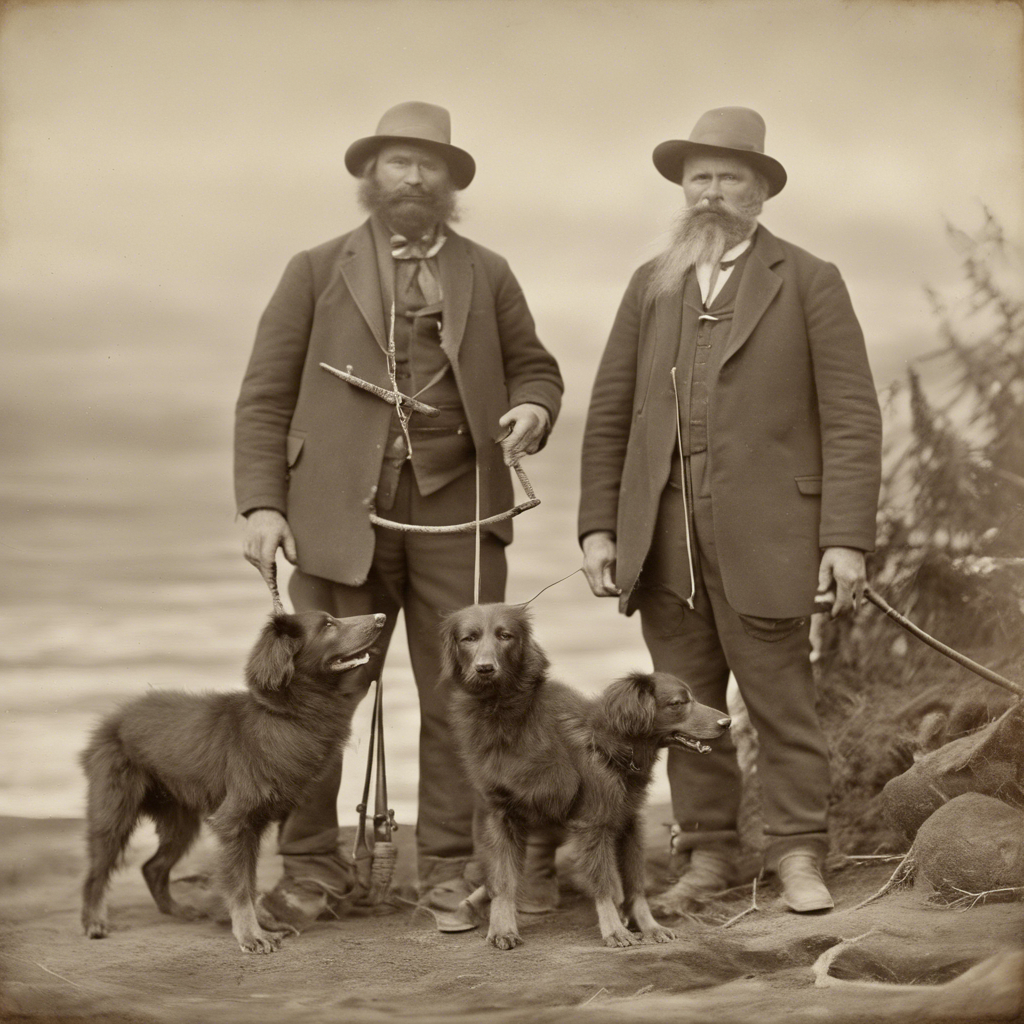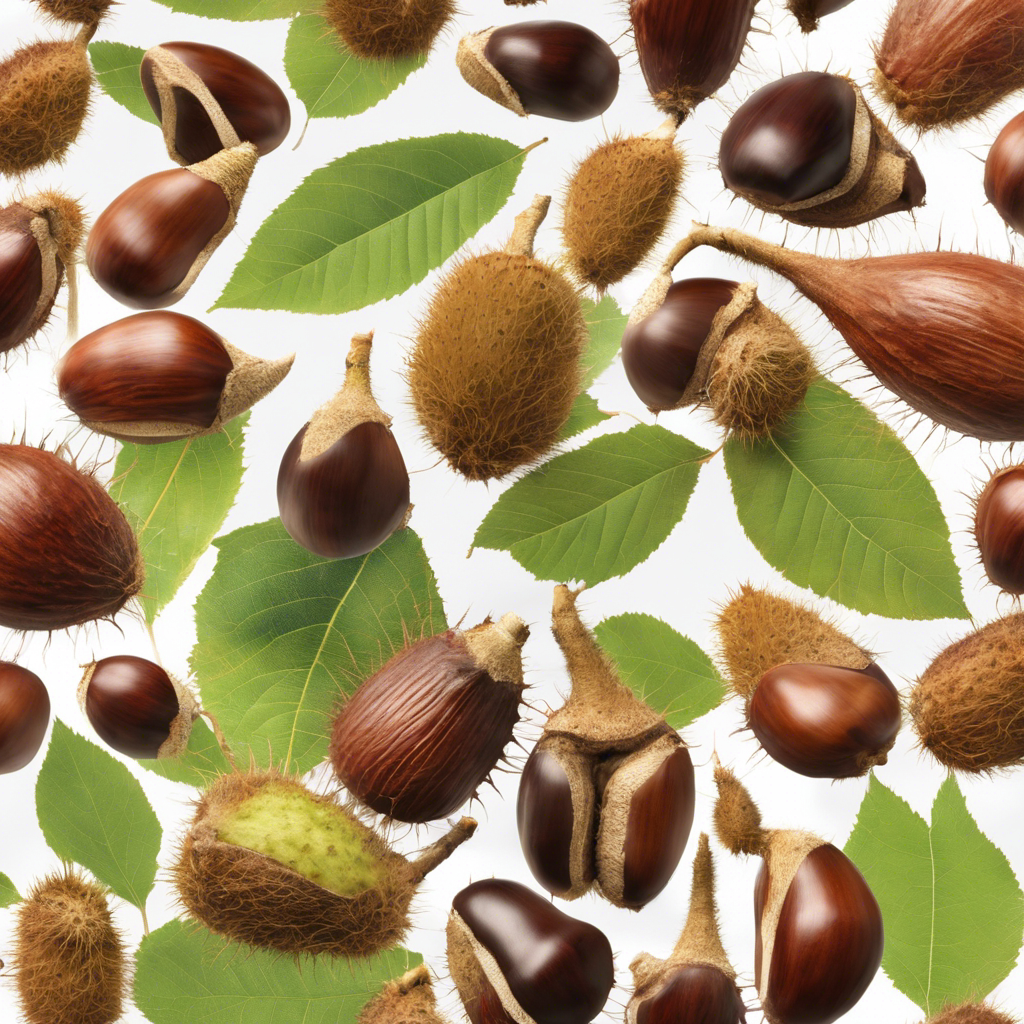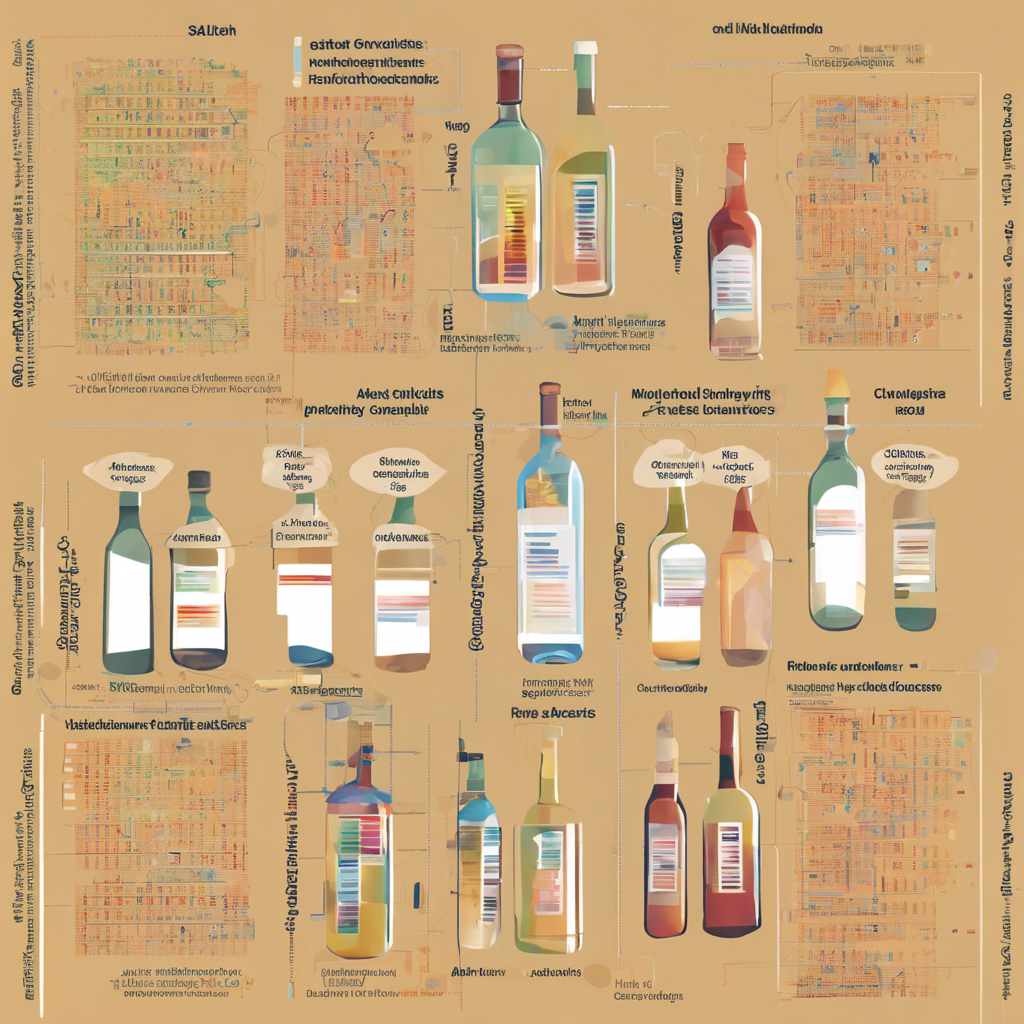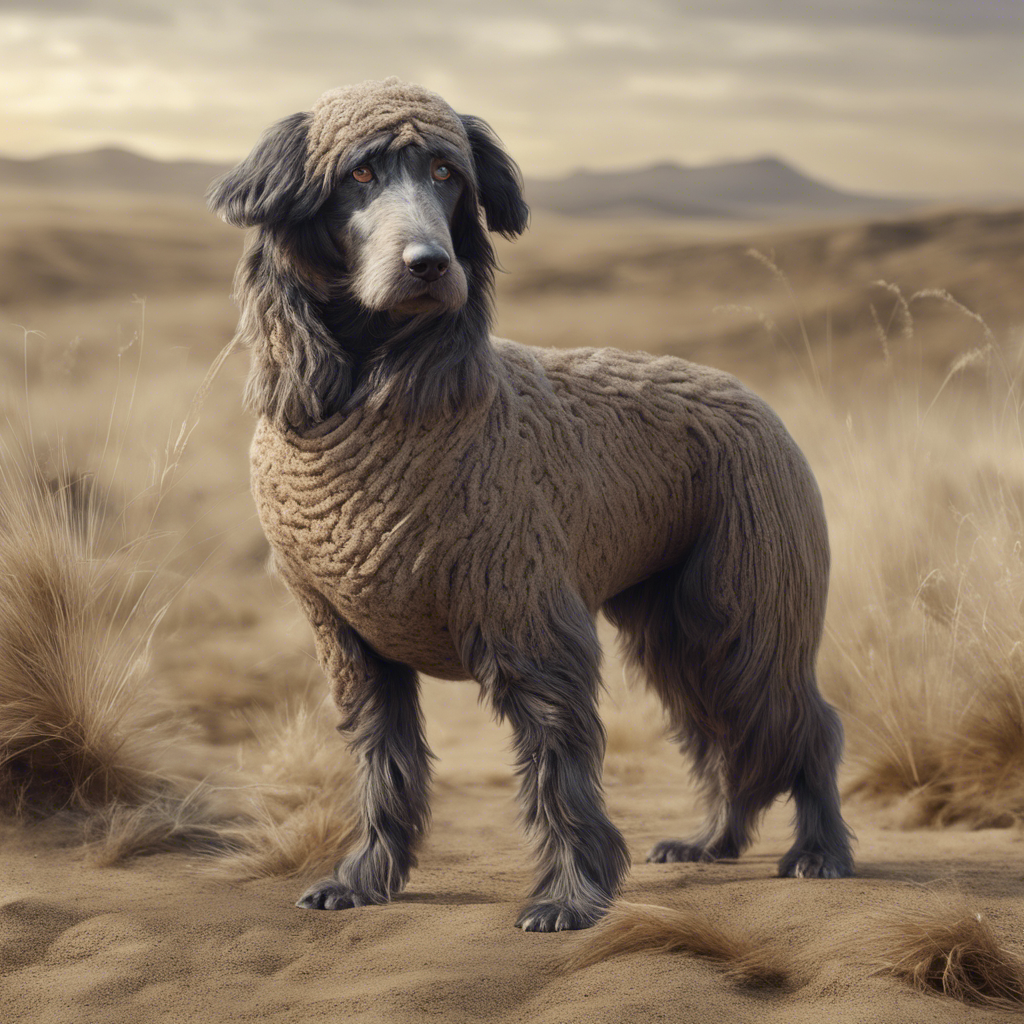Researchers use a 160-year-old pelt to reconstruct the unique woolly dogs and explore their cultural significance to the Coast Salish peoples.
For centuries, the Coast Salish peoples of the Pacific Northwest cherished a special breed of dog known as the woolly dog. These small, fluffy, white canines possessed luxurious hair that was used to create blankets of great cultural and ceremonial importance. Today, the woolly dogs are extinct, but their genetic legacy lives on in the only known pelt in existence. A team of scientists has analyzed the genes of this pelt, shedding light on the distinctiveness of these shaggy creatures and their significance to the Coast Salish peoples.
The Unique Characteristics of Woolly Dogs
The woolly dogs of the Coast Salish were unlike any modern dog breed. Their hair was so thick and luxurious that it was used to make blankets, combining it with mountain goat hair and plant fiber. The resulting yarn was then used by weavers to create patterned blankets that played a central role in ceremonies and provided warmth to the community. The relationship between the Coast Salish peoples and these dogs was a cherished gift.
Analyzing the Woolly Dog Pelt
The only known woolly dog pelt, named Mutton, is currently housed in the Smithsonian National Museum of Natural History. By analyzing Mutton’s genes, researchers have gained insights into the genetic makeup of these unique dogs. The analysis revealed that Mutton’s lineage dates back approximately 4,800 years, with distinct gene variants affecting skin and hair that are not found in other dog breeds. Intriguingly, some of these gene variants are also associated with hair-related diseases or “woolly” hair in humans.
The Cultural Significance of Woolly Dogs
The careful breeding and maintenance of woolly dogs by the Coast Salish peoples is evident in Mutton’s genome. Dog breeds are typically inbred to maintain specific physical traits, and Mutton’s genome displayed signatures of this practice. The Coast Salish peoples valued these dogs for thousands of years, but their tradition was disrupted by the encroachment of European settlers and the devastating impact of colonialism. Within just a few generations, the ancient tradition of keeping woolly dogs vanished.
The Legacy of Colonialism
The extinction of the woolly dogs and the loss of the Coast Salish peoples’ relationship with them is a poignant reminder of the impact of settler colonialism. The destruction of indigenous traditions and the rupture of human-animal relationships have had far-reaching consequences. The study of the woolly dogs and their cultural significance serves as a powerful testament to the resilience and intelligence of the Coast Salish women who skillfully wove blankets together.
Reviving the Tradition
Despite the extinction of the woolly dogs, efforts are being made to revive the tradition of creating blankets using their hair. Master weaver Debra qwasen Sparrow, a member of the Musqueam First Nation, aims to create the first traditional blanket in over a century. With the absence of woolly dogs, Sparrow will have to find another dog breed with suitable hair to spin. She will also need to retrace her ancestors’ steps in harvesting mountain goat hair and stripping stinging nettles. Sparrow’s endeavor is a testament to her commitment to preserving and honoring her cultural heritage.
Conclusion: The story of the woolly dogs of the Coast Salish is a fascinating exploration of the intersection of genetics, culture, and history. Through the analysis of the only known pelt, scientists have unraveled the genetic legacy of these unique canines and shed light on their cultural significance to the Coast Salish peoples. The extinction of the woolly dogs serves as a stark reminder of the devastating impact of colonialism on indigenous traditions and relationships. However, the efforts to revive the tradition of creating woolly dog blankets demonstrate the resilience and determination of indigenous communities to preserve their cultural heritage.











